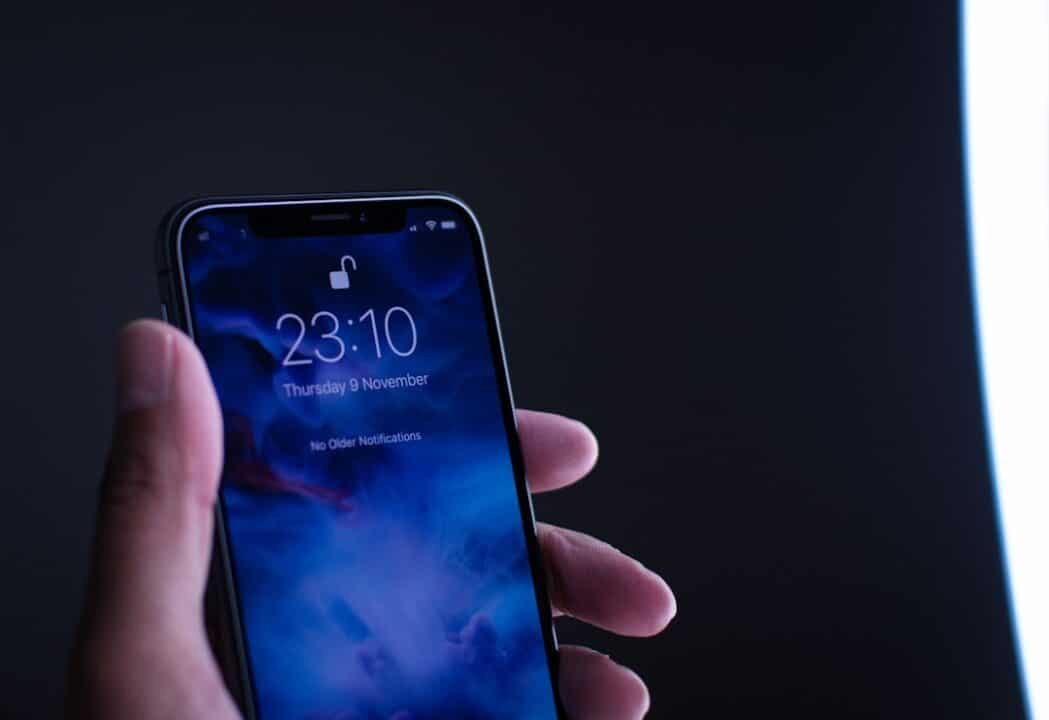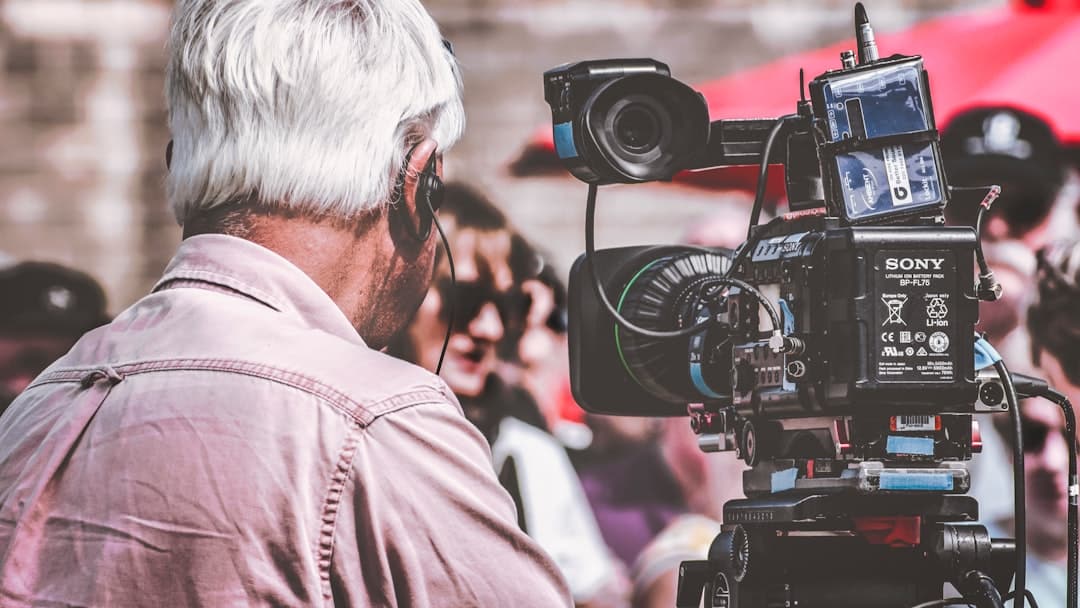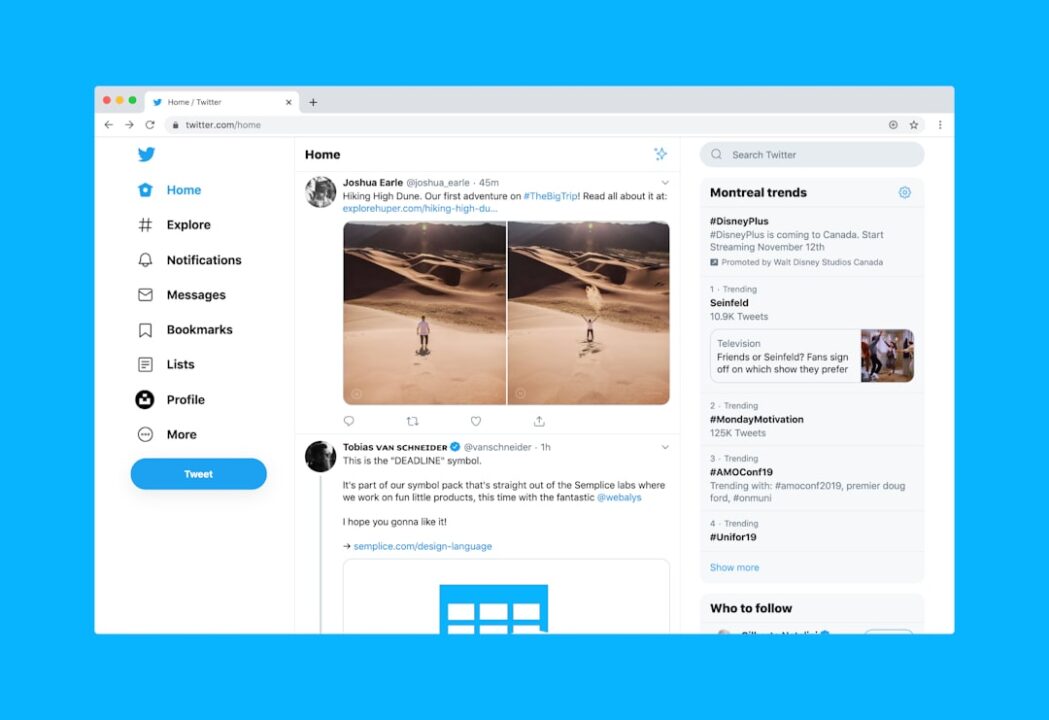|
IN SHORT
|
Personalizing your home screen may seem like a complex task, but in reality, it’s simpler than you think. Whether on a smartphone, tablet or computer, a well-designed home screen not only improves the aesthetics of your device, but also optimizes your user experience. In this article, we will explore practical tips and innovative tips to transform your home screen in a few easy steps. Get ready to give your technology a personal touch in the blink of an eye!
Personalizing your smartphone’s home screen can transform your user experience in a few simple steps. Learn how to change your widgets, icons, wallpapers and more with handy tips and helpful tips. Whether you’re on Android or iOS, this article will guide you to make your home screen perfectly reflect your personality and daily needs.
Change wallpaper
The wallpaper is often the first thing we notice when we turn on our device. Putting an image that inspires or calms you can have a significant impact on your mood. Most modern operating systems allow you to easily change this image. You can choose between personal photos, uploaded images, or system-provided wallpapers.
Options on Android
On Android, holding a long press on an empty area of your home screen usually provides quick access to the menu Wallpaper. You can then select an image from your gallery, Google Photos or third-party services.
To discover more customization options on Android, you can explore this selection of launchers, which offer advanced features.
Options on iOS
On iOS, go to Settings and select Wallpaper. You can choose from the images already present or add your own photos. The iOS 16 version brings some exciting new features; To learn more, check out this article on features to remember from iOS 16.
Add and organize widgets
Widgets are very practical tools that allow you to quickly access information without having to open an application. They can display information like the weather, time, your calendar, notes, or even photos.
Use widgets on Android
On Android, adding widgets is simple: long-press an empty area of the Home screen, then select Widgets. Scroll through the list of available widgets and tap the one you want to add. You can then move and resize it according to your preferences.
Use widgets on iOS
iPhone users can also add widgets by going to the View of the day or by long-pressing an empty area on the home screen. Widgets can then be added by pressing the button + at the top left of the screen. For more detailed advice, explore how customize the lock screen with iOS 16.
Change app icons
Changing your app icons can make your screen look better and better organized. Several options are available to you, depending on whether you are on Android or iOS.
Change icons on Android
Android users can change icons using icon packs available in the Google Play Store. Some launchers even allow you to create custom icons. For a selection of icon packs, see this article on how to add a bookmark on iPhone or iPad.
Change icons on iOS
On iOS, you will need to use the application Shortcuts to create shortcuts to your applications with custom icons. You can find many free or paid icon packs online. To learn more, explore custom icon packs for iOS 14.3.
Use launchers for Android
Launchers are applications that completely change the user interface of your phone. They offer advanced customization, ranging from transitions to gestures and much more.
Top launchers
Popular launchers like Nova Launcher, Action Launcher and Microsoft Launcher allow deep customization and can transform the look of your home screen. For a complete list, read 12 launchers to personalize Android.
Customize the lock screen
The lock screen is often overlooked even though it is crucial for the security and aesthetics of your smartphone. Whether you’re on Android or iOS, there are several ways to customize it.
Lock screen on Android
Several applications on the Play Store allow you to customize the lock screen, adding useful information and shortcuts. Some Android smartphones, like those from Samsung, offer additional features via interfaces like Samsung One UI.
Lock screen on iOS
iOS 16 allows for a lot of lock screen customization. Users can add widgets and change the layout of notifications. For detailed instructions, see how customize iPhone lock screen.
| Element | Trick |
| Change wallpaper | Select an inspiring image in settings. |
| Organize icons | Group by categories or features for better accessibility. |
| Add widgets | Integrate widgets to quickly access useful information. |
| Use themes | Apply a theme in accordance with your stylistic preferences. |
| Customize the taskbar | Secure your most used apps for quick access. |
- Choice of wallpaper: Select an inspiring or personal image.
- Organization of icons: Group by theme or frequency of use.
- Useful widgets: Add apps for quick access to information.
- Themes and colors: Apply a theme that reflects your personal style.
- Adding shortcuts: Create shortcuts to your favorite apps.
- Using folders: Create folders for easier application management.
- Customizing notifications: Adjust notifications for more peace of mind.
- Screen Grid Changes: Adjust the number of icons per screen as needed.
- Choice of dynamic widgets: Integrate widgets that update in real time.
- Adding favorite photos: Display your most precious memories.
Choosing photo widgets
Photo widgets are a great way to keep your memories close to you. They display photos from your gallery directly on your home screen.
The Locket Widget app is a popular option for this type of customization, making it easy to display photos on the home screen of your smartphone and even that of your loved ones. To learn more, explore Locket Widget.
Use widgets on Windows
If you’re using a Windows device, widgets can also be a powerful tool for quick access to your information and apps. Windows 11, in particular, offers plenty of widget options with a modernized user interface.
Learn how to maximize these options at Windows 11.
Integrate personalized gestures
Personalized gestures can improve the efficiency of daily use of your device. On Android, advanced launchers like Nova Launcher allow you to configure gestures to open applications, perform tasks or navigate the interface.
Configure gestures on Android
To configure gestures, go to the settings of your favorite launcher and look for the section Gestures. You can set gestures like swipe up, double tap, or gestures by drawing a specific shape.
Use Quick Actions on iOS
iOS also offers quick actions via the feature 3D Touch Or Haptic Touch. By long-pressing an app icon, you can quickly access specific features without opening the app. This feature is especially useful for messaging apps, social media, and productivity tools.
Use productivity apps and widgets
Productivity apps and widgets can greatly improve your daily efficiency. Here are some popular examples to consider.
His bone has redesigned its mobile application to offer a more intuitive and customizable user interface.
Calendar and to-do list apps like Google Calendar, Microsoft To Do, and Todoist offer customizable widgets that display your tasks and appointments right on the home screen.
Customize the always-on display
Some Android smartphones, notably those from Samsung, offer options forpermanent display Or Always On Display. This feature allows you to show important information like time, date, and notifications without unlocking the phone.
Configure Always On Display
To configure this feature, go to your device settings under the section Display Or Lock screen, then enable Always On Display. You can customize the information and styles displayed using the available options.
Customize ringtones and notifications
Changing ringtones and notifications may seem trivial, but it also helps personalize your device. Having unique sounds for different notifications can help quickly identify what needs your attention.
To change these settings, go to the Settings of your device, then in the section Sounds and notifications. You can choose from pre-installed ringtones or add your own audio files.
Customize according to your needs
Remember that personalization is subjective and should reflect your specific needs. Whether you’re a professional looking for an effective interface or a user simply wanting to make their phone more aesthetic, there are hundreds of ways to personalize your home screen.
Consider your priorities first and start little by little, experimenting with different widgets, wallpapers, icons and gestures until you create a visual and functional environment that suits you perfectly.
A: You can change the wallpaper by going to your device settings and then selecting the « Wallpaper » option. Then choose the image you want to use.
A: Yes, you can rearrange the icons by holding down the icon you want to move and dragging it to the desired location.
A: To add widgets, go to the home screen, long press on an empty space and select « Widgets ». Then choose the widget you want to add.
A: Yes, to create a folder, drag an app icon onto another icon. This will create a folder where you can group similar apps.
A: Personalizing your home screen makes it easier to access your favorite apps, improves the aesthetics of your device, and makes the user experience more enjoyable.





